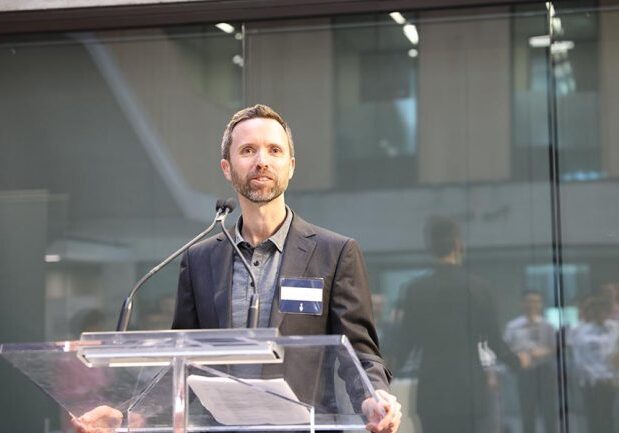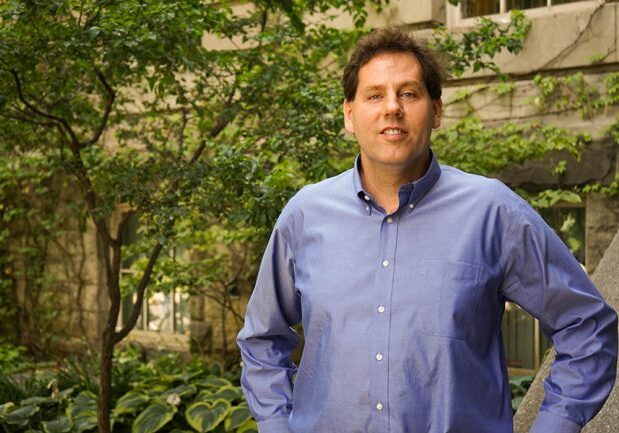
Professor Vaughn Betz elected to the National Academy of Inventors
Award recognizes outstanding inventions that have made a tangible impact on society
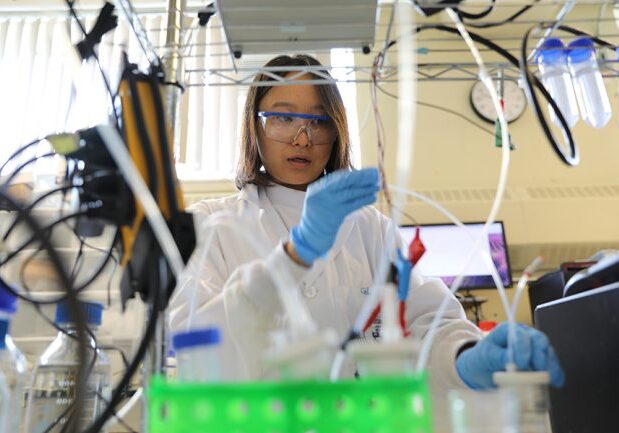
How clean electricity can upgrade the value of captured carbon
Researchers from U of T Engineering have developed a new pathway to convert CO2 captured with liquid amines into higher-value products, from fuel to plastics

Two new clean-energy hubs in the GTA to boost U of T Engineering sustainability research
Professor Timothy Bender is a key figure in both the Collaboration Centre for Green Energy Research Materials and the Sustainability Lab
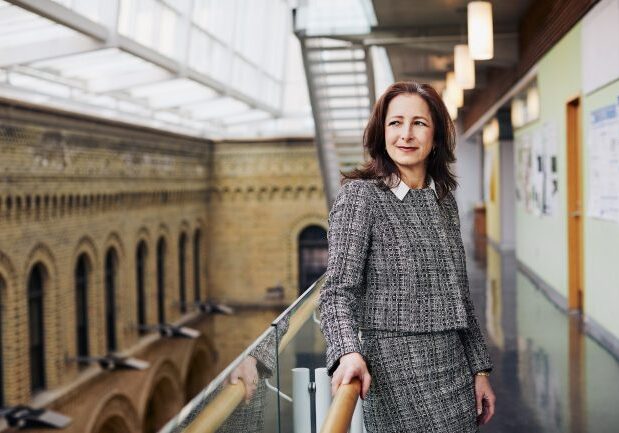
Molly Shoichet receives Gerhard Herzberg Canada Gold Medal, Canada’s highest honour for science and engineering research
Shoichet is world renowned for her pioneering research at the intersection of engineering, chemistry and biology
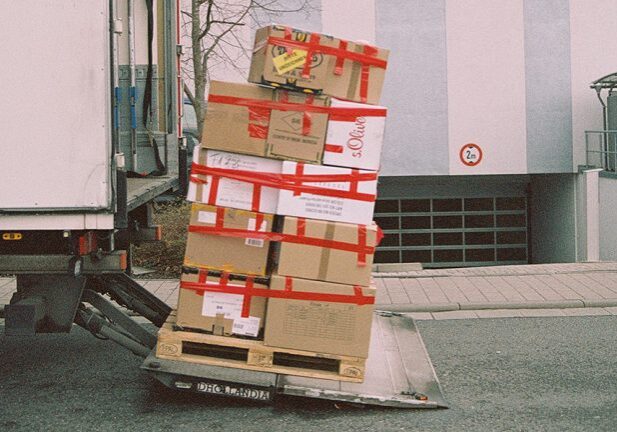
Smart Freight Centre launches new research collaborations on safer, cleaner and more efficient transport of goods in the GTHA
NSERC Alliance Grant will support 24 research projects over the next four years
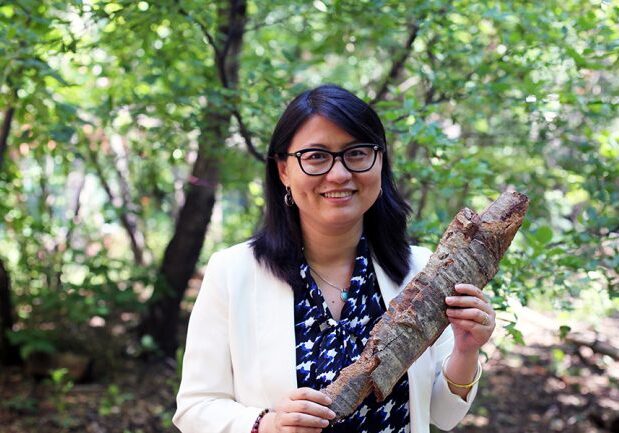
The forest biorefinery: Developing a new generation of sustainable plant-based materials and products
Professor Ning Yan and her colleagues are converting tree bark and other forestry byproducts into commodity chemicals and more
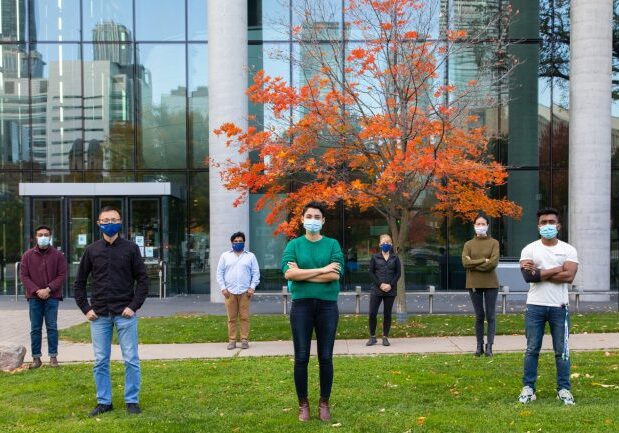
Rapid COVID-19 testing: U of T team ditches cotton swabs for sensing probes
Researchers from U of T Engineering, Pharmacy and Chemistry are creating an antigen COVID-19 test that could give results in just five minutes
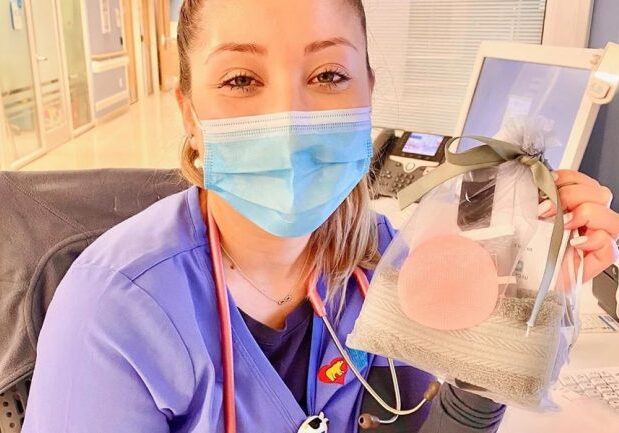
Skin-care product based on U of T Engineering research donated to health-care workers fighting COVID-19
A U of T Engineering spinoff company has donated its entire stock of skin-care product to health-care workers fighting the global pandemic. Several years ago, Professor Milica Radisic (BME, ChemE) and her team developed a peptide-hydrogel biomaterial that prompts skin cells to “crawl” toward one another. The material was initially designed to help close the […]

